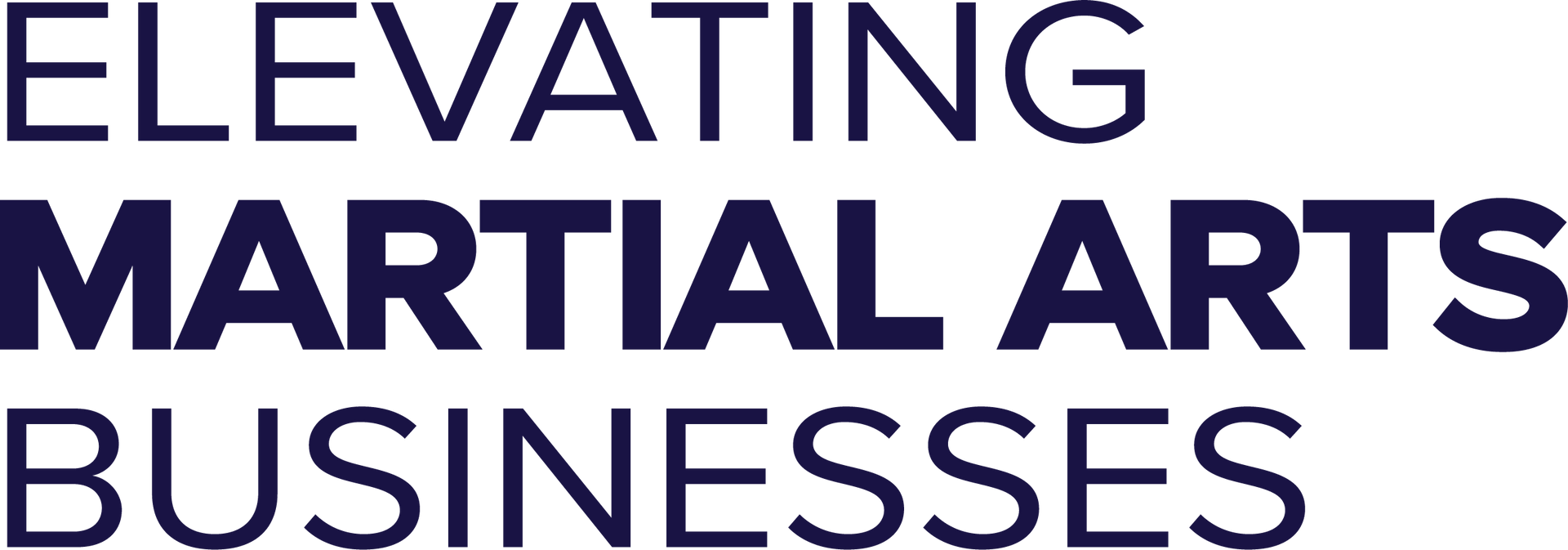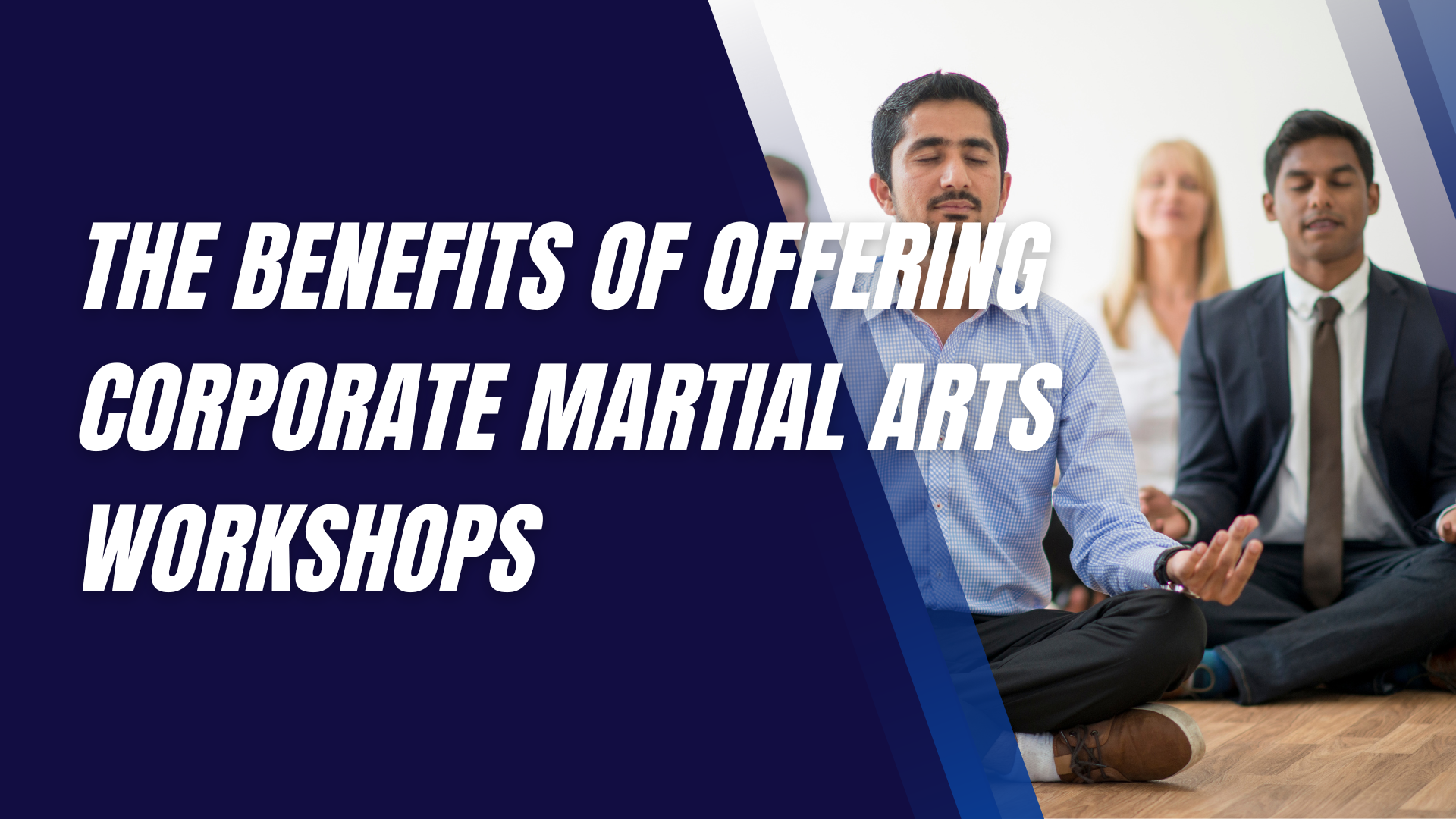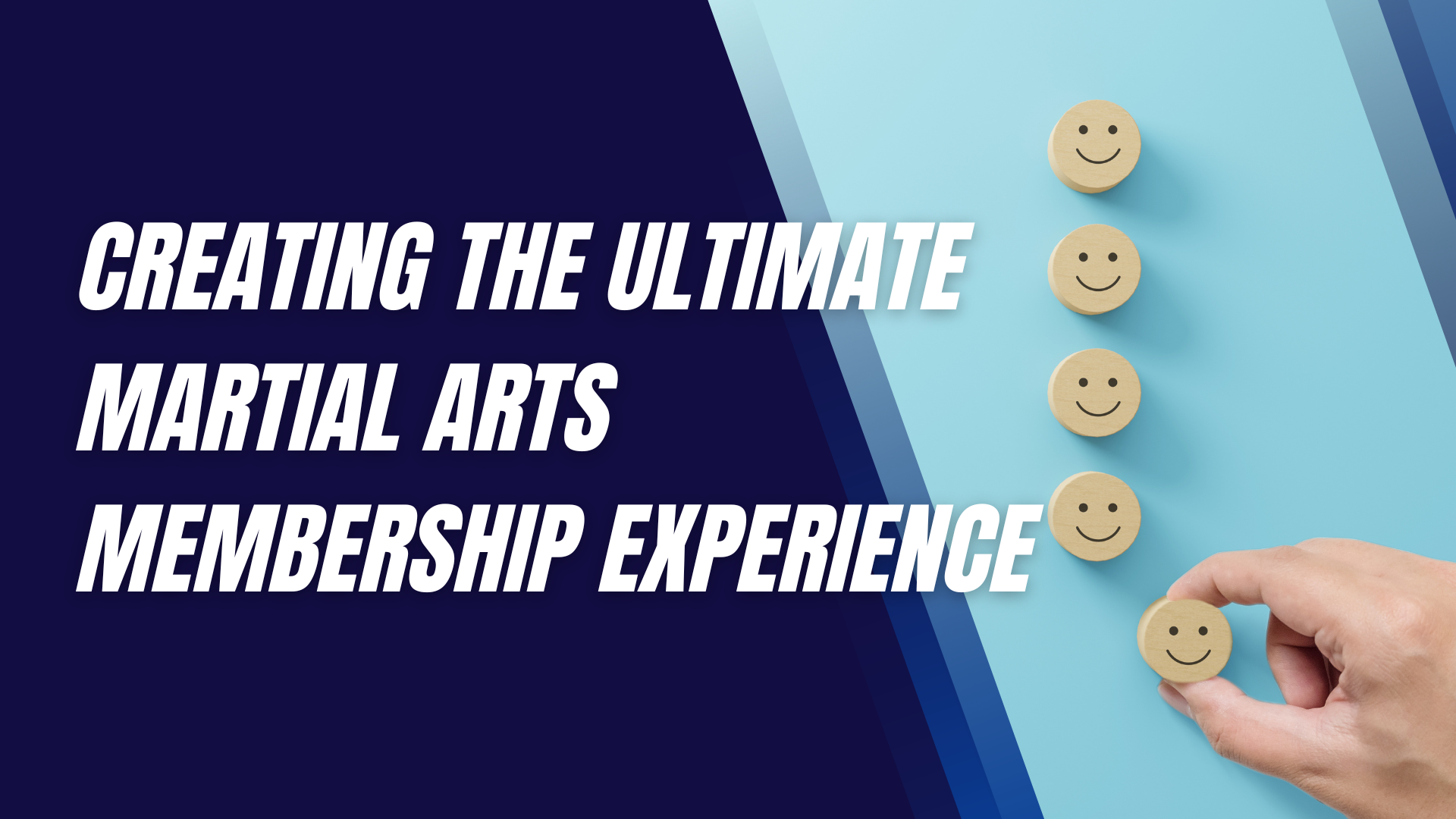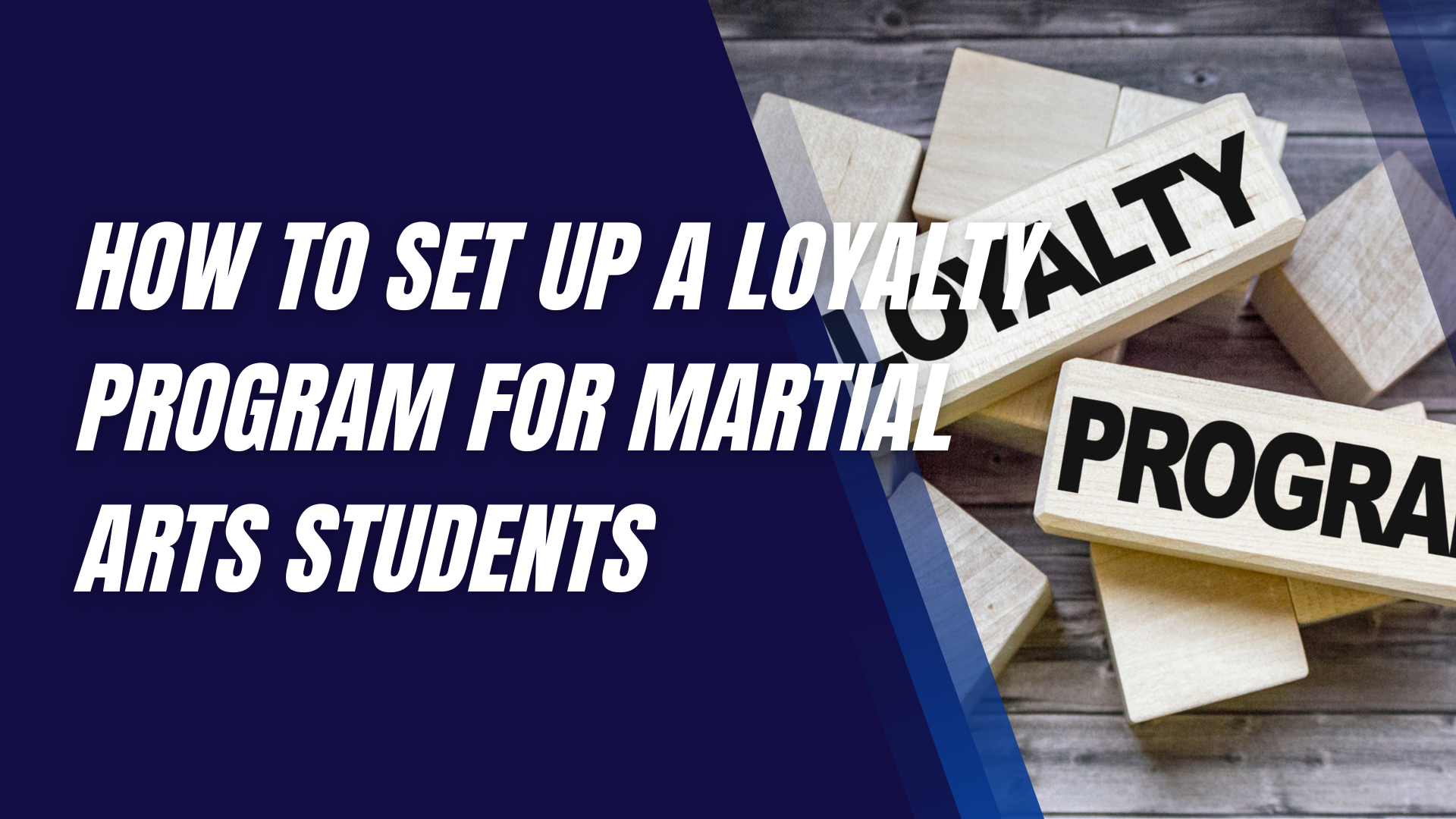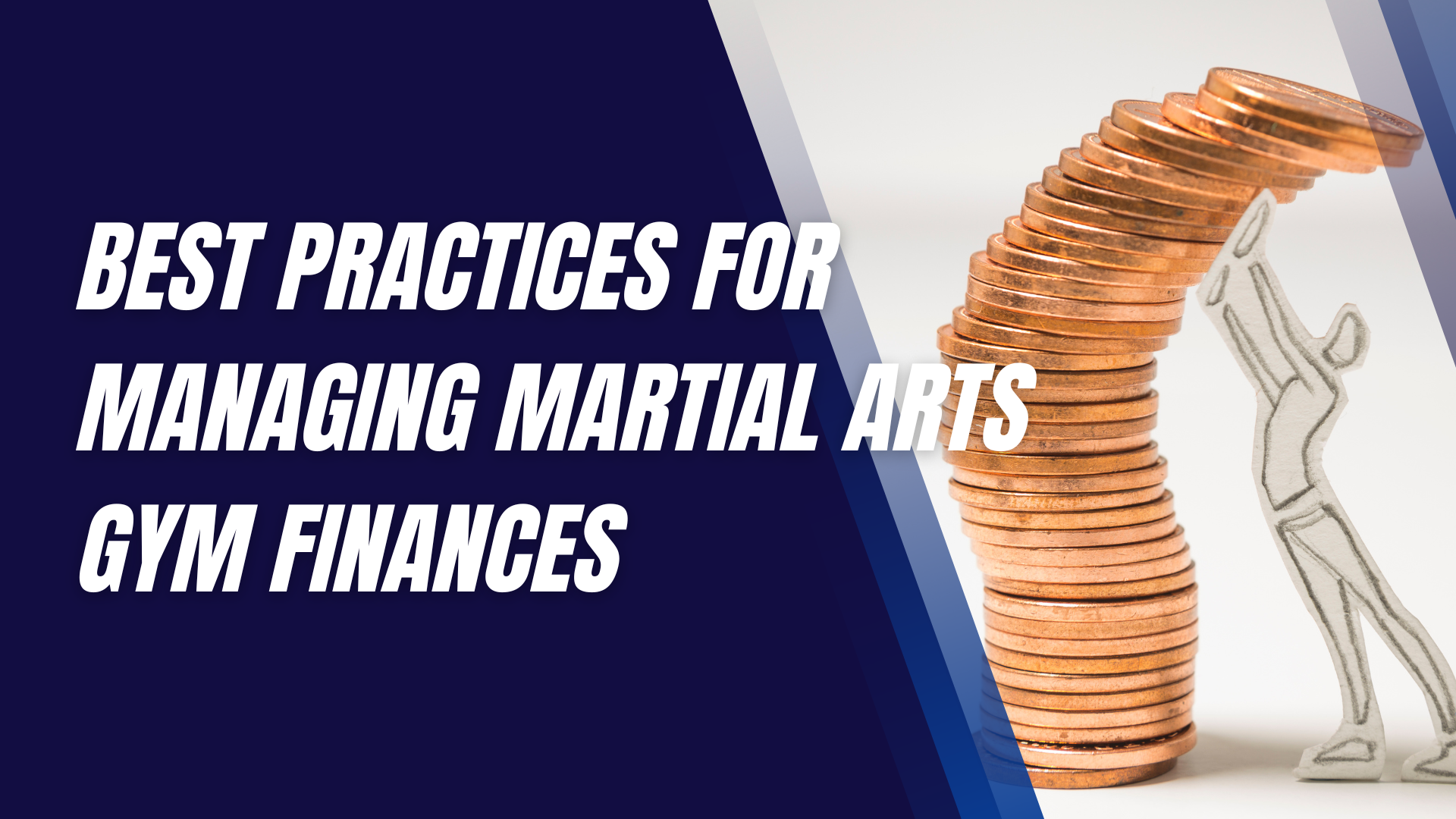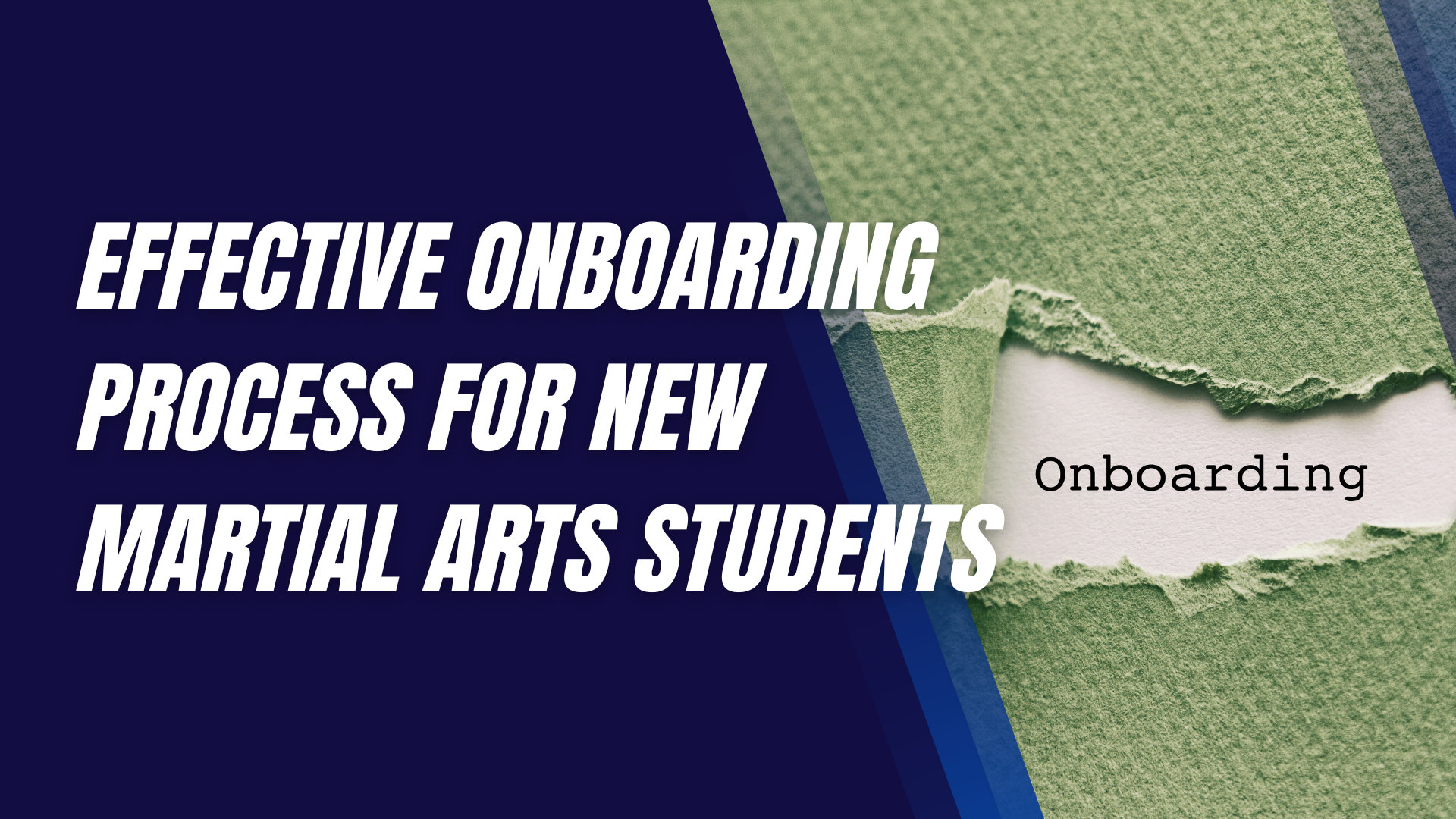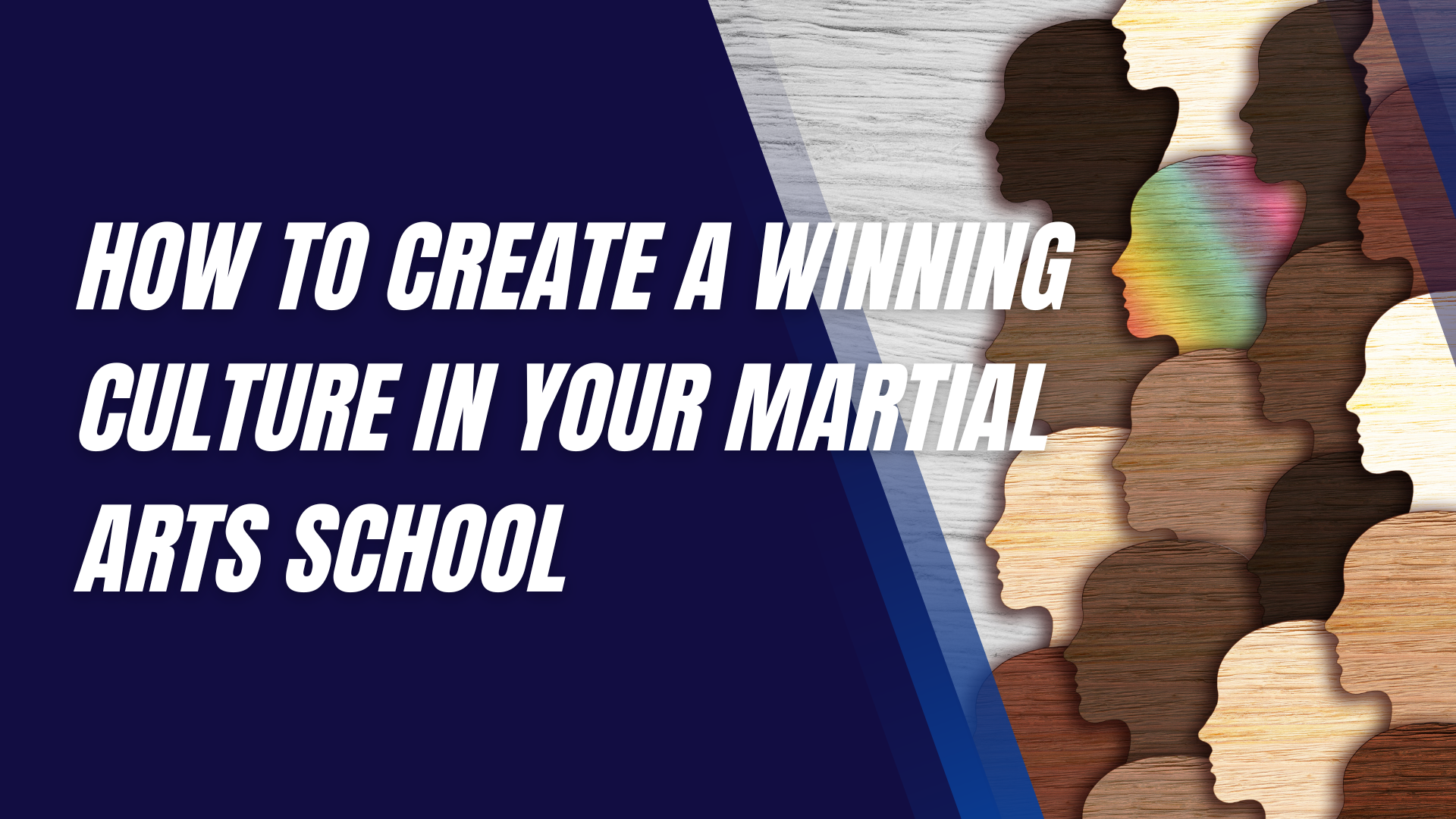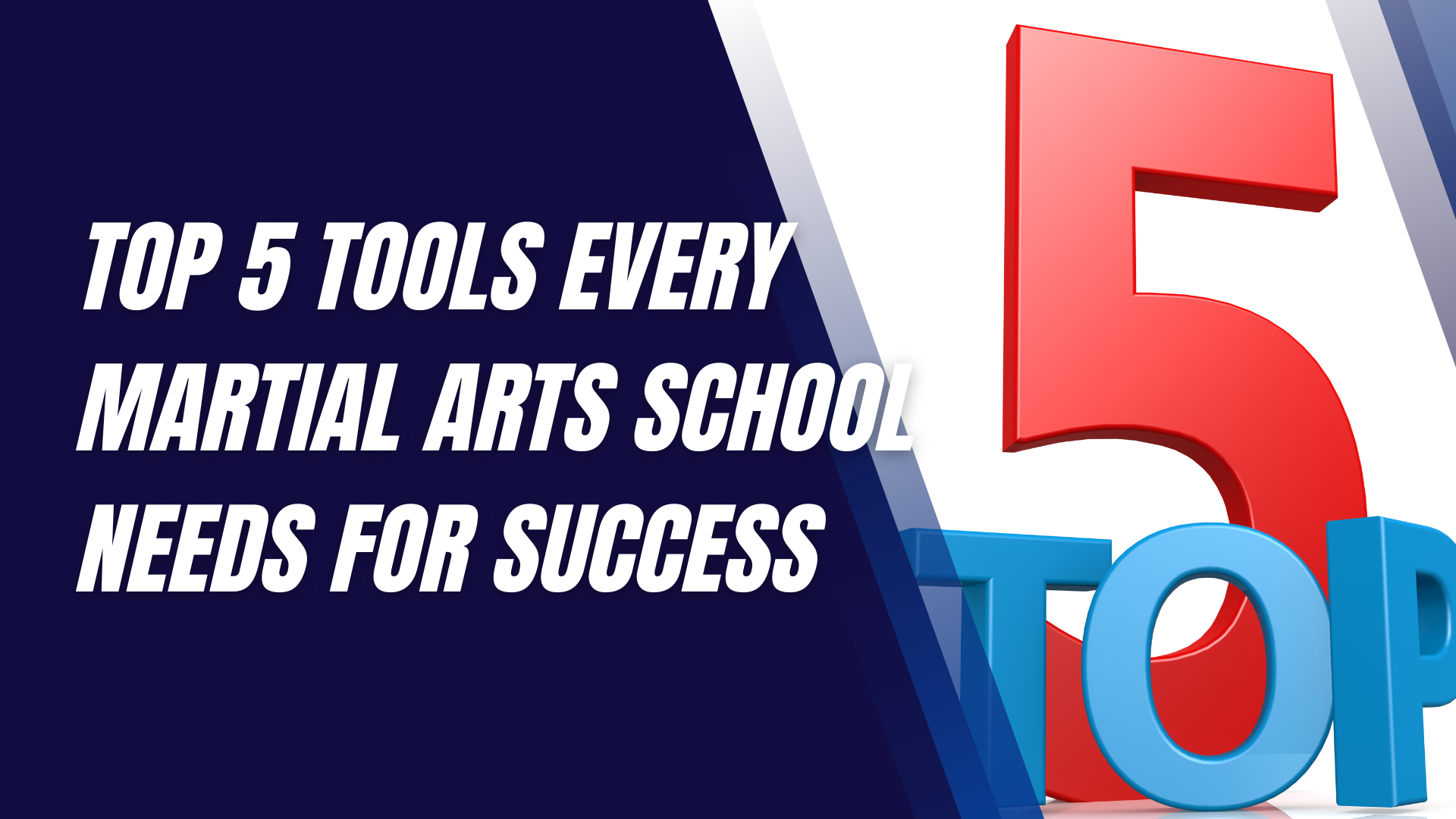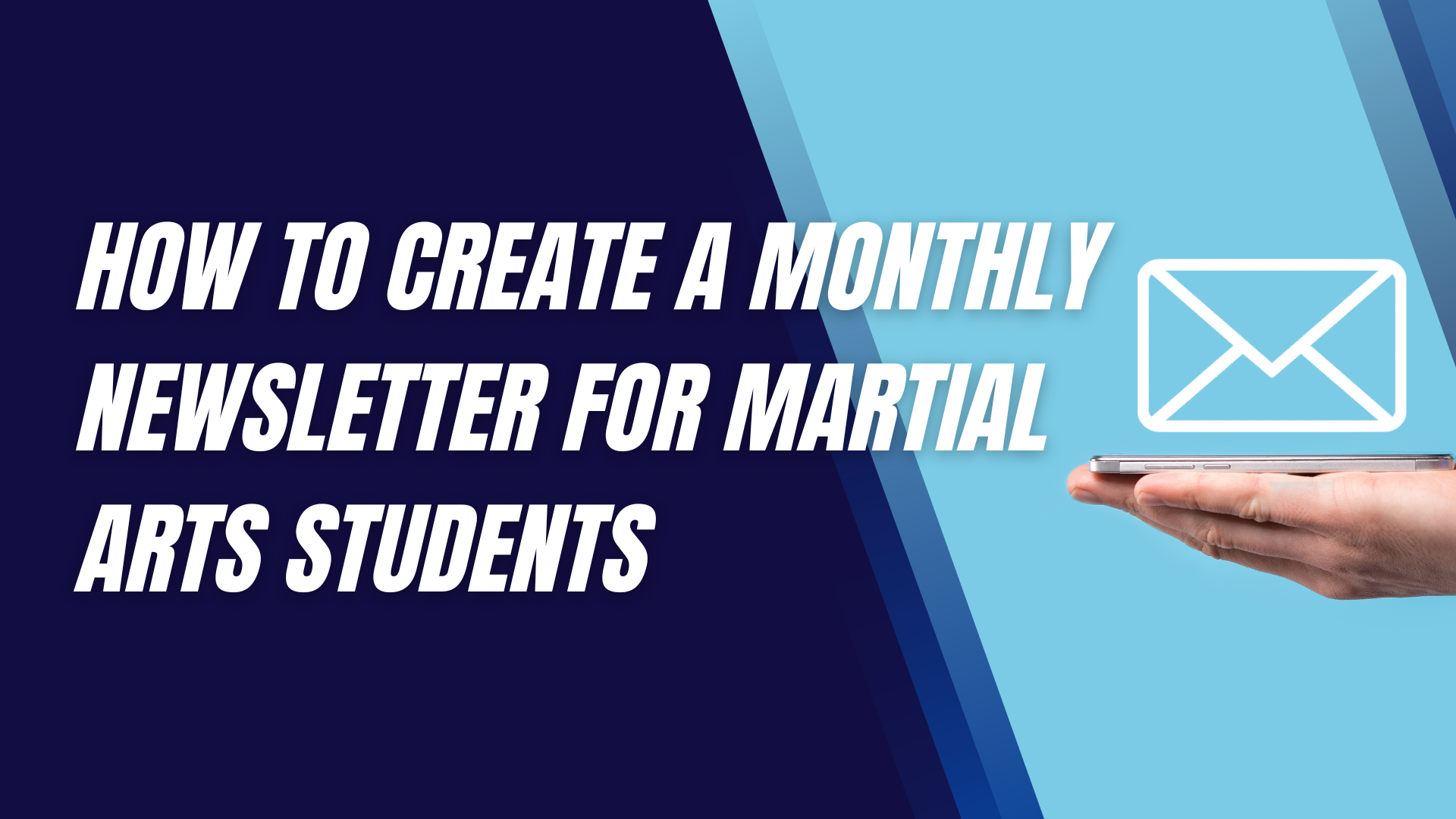The Importance of Rest and Recovery in Martial Arts Training
Martial arts is a demanding discipline that requires physical prowess, mental toughness, and relentless dedication.
However, while the focus is often on pushing the body to its limits through intense
training, the significance of rest and recovery is sometimes overlooked. This article explores why balancing rigorous training with adequate rest is crucial for both short-term performance and long-term success in martial arts.
Understanding the Demands of Martial Arts
Martial arts training is a full-body workout that combines strength, speed, agility, and endurance. Beyond the physical aspect, it also involves mental and emotional exertion, as practitioners must stay focused, maintain discipline, and manage stress. This combination of demands means that without sufficient rest, both the body and mind can become overworked, leading to diminished performance and an increased risk of injury.
Why Rest and Recovery Are Crucial
Rest and recovery in martial arts are about more than just taking a break. Rest allows your muscles to repair and grow, while mental recovery prevents burnout and helps maintain focus. Proper recovery is also a key factor in injury prevention. When your body gets the rest it needs, it can rebuild stronger and more resilient, ready to take on the next challenge.
The Science Behind Rest and Recovery
During rest, the body undergoes a series of repair processes. Muscles that were broken down during training are rebuilt, glycogen stores are replenished, and hormones like growth hormone are released, which aids in muscle growth and recovery. Sleep plays a crucial role here, as it is during deep sleep that the most significant repair work occurs. Active recovery, such as light exercises or stretching, can also promote blood flow and help in reducing muscle stiffness, contributing to quicker recovery.
Types of Recovery in Martial Arts
Recovery can be categorized into three main types: passive, active, and nutritional.
- Passive Recovery: This involves complete rest, with sleep being the most critical component. Techniques like meditation and deep breathing can also help in reducing stress and promoting relaxation.
- Active Recovery: This includes low-intensity activities such as yoga, walking, or stretching, which help in maintaining mobility and reducing muscle soreness without adding extra strain on the body.
- Nutritional Recovery: Proper nutrition is essential for recovery. Consuming the right balance of proteins, carbohydrates, and fats helps in muscle repair, while staying hydrated aids in overall body function and recovery.
Common Misconceptions About Rest and Recovery
One of the biggest misconceptions in martial arts training is the "no pain, no gain" mentality. While pushing yourself is essential for improvement, it's equally important to recognize that rest is not a sign of weakness. Overtraining without adequate recovery can lead to injuries and setbacks. Similarly, the idea that more training automatically leads to better results is flawed; without proper recovery, your body won't be able to perform at its best.
Signs That You Need More Rest
Your body has ways of telling you when it needs more rest. Physical signs like persistent soreness, fatigue, and frequent injuries indicate that you might be overtraining. Mentally, you might notice a lack of motivation, irritability, or difficulty concentrating. If your performance starts to plateau or decline, it’s a clear sign that your body isn’t getting enough time to recover.
How to Incorporate Rest and Recovery into Your Training Routine
Incorporating rest and recovery into your training routine requires a balanced approach. Start by creating a training schedule that includes regular rest days. Listen to your body’s signals and adjust your routine accordingly. Implementing different recovery methods, such as active recovery exercises and proper nutrition, will also help maintain a healthy balance between training and rest.
The Role of Coaches and Trainers in Ensuring Proper Recovery
Coaches and trainers play a pivotal role in promoting the importance of rest and recovery. They can educate athletes about the benefits of recovery, monitor training loads, and provide personalized recovery plans that match the individual needs of their students. A good coach will ensure that recovery is as much a part of the training plan as the workouts themselves.
Benefits of Proper Rest and Recovery
When you prioritize rest and recovery, the benefits are clear. You’ll notice improved performance and faster skill acquisition, as your body and mind will be better prepared for training. The risk of injury decreases, allowing you to train consistently over the long term. Additionally, proper recovery enhances mental clarity and focus, which are crucial for success in martial arts.
Case Studies: Athletes Who Emphasize Recovery
Many successful martial artists attribute their longevity and success to their emphasis on recovery. For example, fighters who regularly incorporate recovery techniques like massage, meditation, and active rest into their routines often report fewer injuries and better performance in the ring. These athletes understand that their bodies need time to heal and rebuild, and they structure their training accordingly.
Tools and Techniques to Enhance Recovery
There are numerous tools and techniques available to help with recovery:
- Technology-Assisted Recovery: Apps and wearable tech can track sleep patterns, heart rate variability, and other metrics to ensure you're recovering properly.
- Manual Recovery Techniques: Regular massage, foam rolling, and stretching can help maintain muscle flexibility and reduce soreness.
- Alternative Recovery Methods: Techniques like cryotherapy, hydrotherapy, and acupuncture can also aid in reducing inflammation and speeding up the recovery process.
Challenges in Maintaining a Rest and Recovery Routine
Sticking to a rest and recovery routine can be challenging, especially when you’re driven to train harder and more frequently. The guilt of taking a day off or the fear of losing progress can make it difficult to rest. Additionally, as you age, your body’s recovery needs change, requiring you to adapt your strategies continually. However, understanding the long-term benefits of proper recovery can help overcome these challenges.
The Long-Term Impact of Neglecting Rest and Recovery
Neglecting rest and recovery can have serious long-term consequences. Chronic injuries, burnout, and decreased performance are common among those who fail to prioritize recovery. Over time, this neglect can lead to early retirement from the sport or even long-term health issues. Mentally, the constant strain without adequate recovery can lead to anxiety, depression, and a loss of passion for the sport.
Final Thoughts
In martial arts, the importance of rest and recovery cannot be overstated. It’s not just about taking a break; it’s about giving your body and mind the time they need to heal, grow, and improve. By prioritizing recovery, you’re not only enhancing your performance but also ensuring that you can continue practicing martial arts for years to come. So, the next time you feel the urge to skip a rest day, remember that recovery is just as important as training.
Interested in trying a martial arts class? Find an affiliated academy anywhere in the country by clicking here.
Have your own martial arts program? Get to know more about what we have to offer at Ground Standard Agency for helping martial arts businesses grow.
Email us at info@groundstandard.com, or call and text us at (732) 907-8920 today to learn how to start growing your own academy, school, dojo, or gym with us as well.
Share this article
